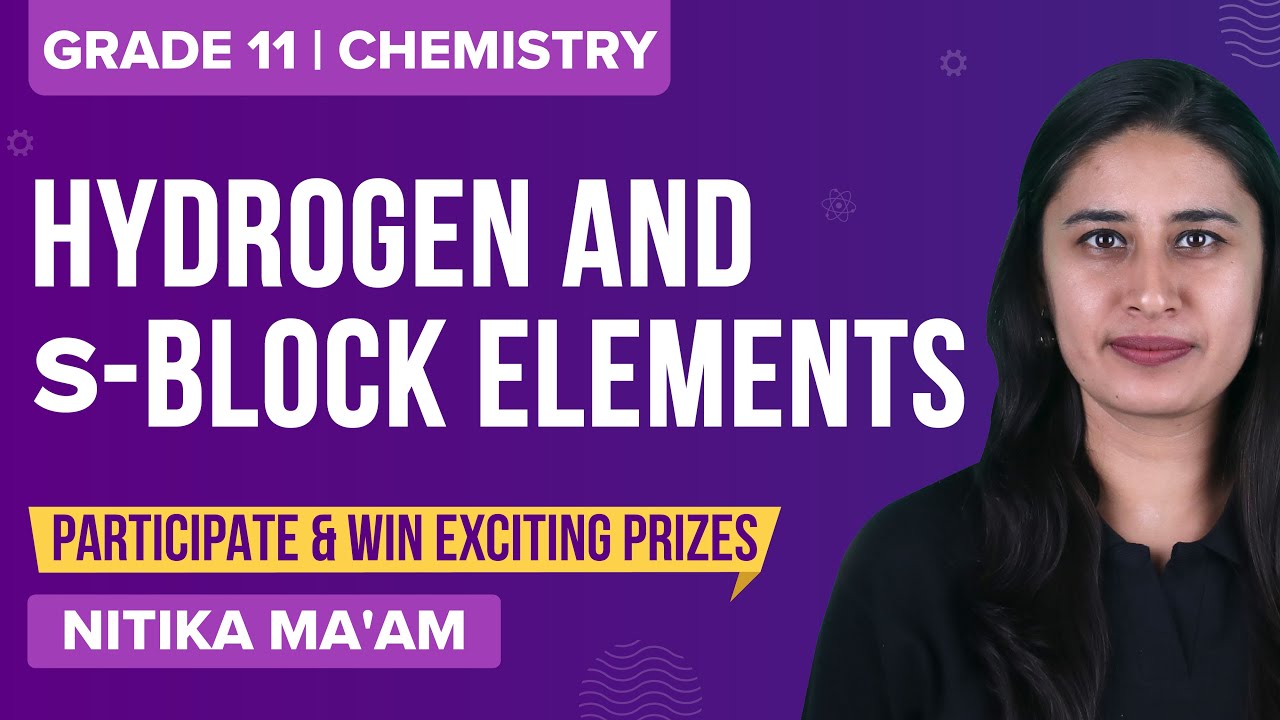Most of the elements are grouped under metals and non-metals based on their physical and chemical properties. Metals include s-block elements, i.e. alkali metals, alkaline earth metals, d-block transition metals, lanthanides, actinides, etc. Non-metals are present on the right side of the periodic table (p-block) elements (halogen, inert gas, oxygen, nitrogen, etc.). Metals are ductile, malleable and good conductors of heat and electricity. All the metals occur in the solid-state naturally, except mercury.
1. Which of the following metals is the most abundant in the earth’s crust?
(a) Al
(b) Fe
(c) Na
(d) Ca
Answer: (a)
2. Which of the following is a poor conductor of heat among the given metals?
(a) Sodium
(b) Calcium
(c) Lead
(d) Mercury
Answer: (c)
3. Chlorides of non-metals are covalent because
(a) of electrons sharing
(b) they can donate electrons to chlorine
(c) they cannot share electrons with chlorine
(d) they donate electrons to chlorine forming chloride ions
Answer: (a)
4. Which of the following non-metals is lustrous?
(a) Oxygen
(b) Sulphur
(c) Iodine
(d) Nitrogen
Answer: (c)
5. Alloy of which of the following metals is called amalgam?
(a) Hg
(b) Zn and Cu
(c) Cu and Sn
(d) Pb and Sn
Answer: (a)
6. Which of the following non-metals is liquid at room temperature?
(a) Helium
(b) Carbon
(c) Mercury
(d) Bromine
Answer: (d)
7. Bauxite is an ore of
(a) Hg
(b) Al
(c) Fe
(d) Cu
Answer: (b)
8. Which of the following is the suspension of slaked lime in the water?
(a) Quick lime
(b) Milk of lime
(c) Lime water
(d) None of the above
Answer: (b)
9. Which of the following oxides is amphoteric?
(a) MgO
(b) Al2O3
(c) K2O
(d) Na2O
Answer: (b)
10. Which of the following is not ionic?
(a) KCl
(b) NaCl
(c) HCl
(d) CCl4
Answer: (d)
Recommended Video:

|
Also Check: |
Comments